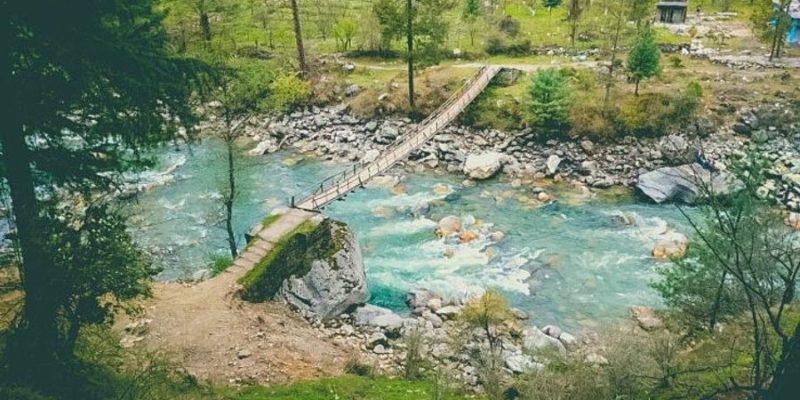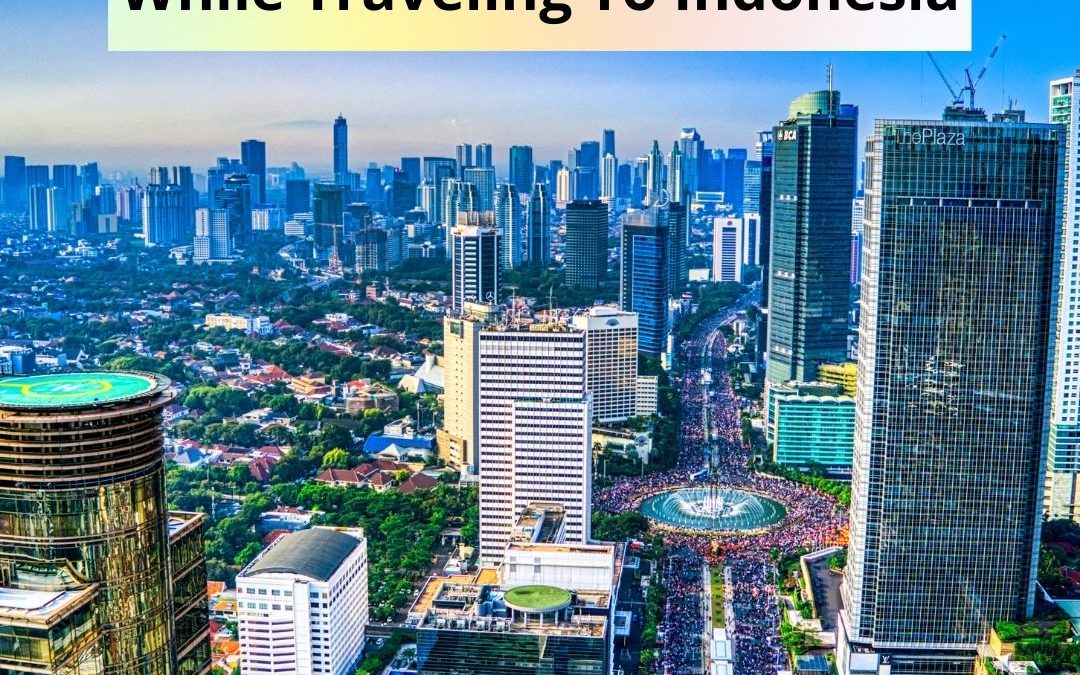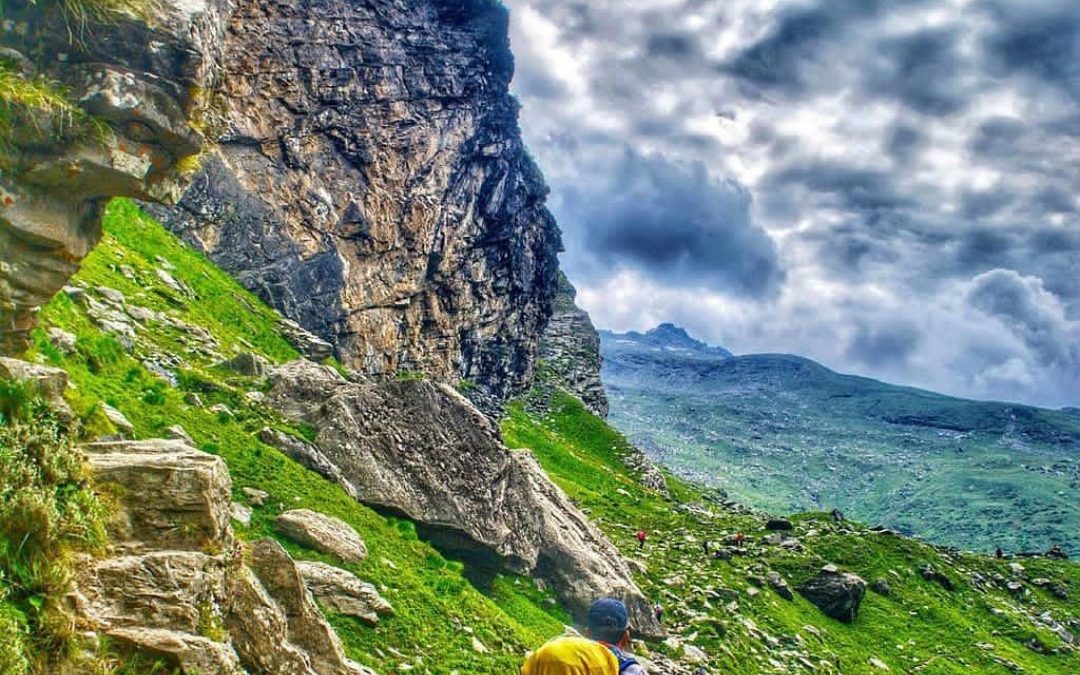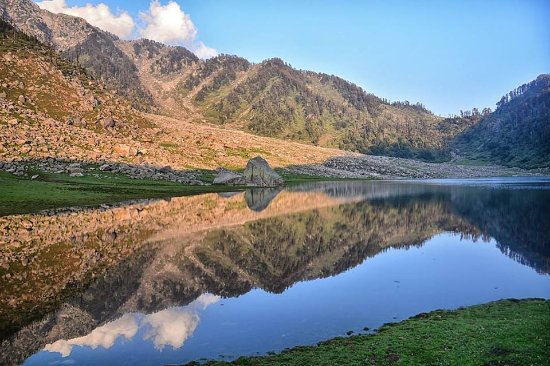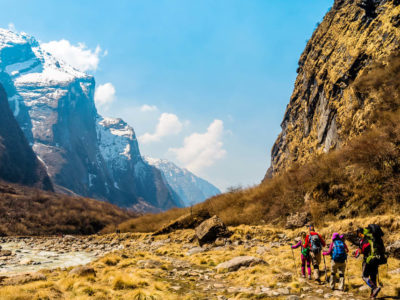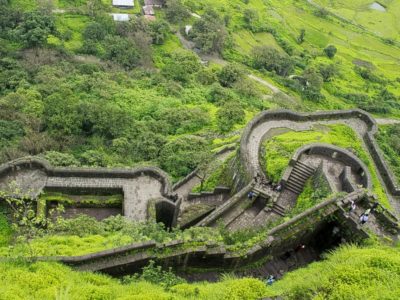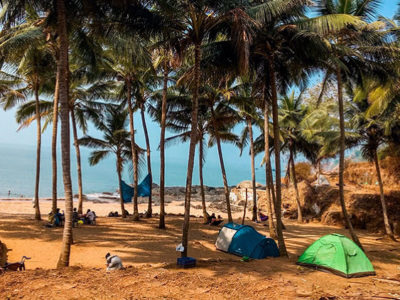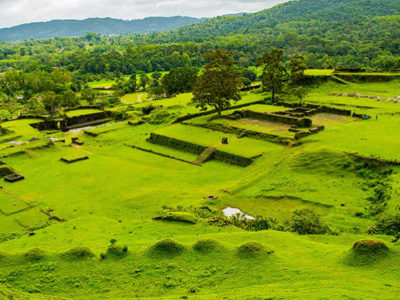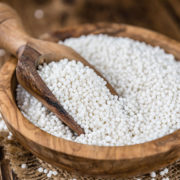After almost 20 years of weather fair visiting the Himalayas, I learned the one thing: besides the wrong type of business, there is nothing that destroys the majestic snow dwelling as well as signs of human interference: metal paths, electric pole, sparkling tin roofs and, saddest of all, plastic mounds and garbage. It can be found in pristine areas, but not on four or two wheels. You can do so more than just have views of distant mountains from a window to the hotel if you are able to exercise your legs and your lungs. Here are a few hikes that will allow you to see the mountains in a whole new light.
Bhabha Trek, Kinnaur-Spiti, Himachal Pradesh
Dense pine and birch forests unexpectedly spread over the mountain pastures along these paths, carpeted in soft green grass and wildflowers. Along the way, you go through the sweet and frozen mountain rivers flowing down to the Bhabha River. Travel through a 4,865m altitude pass in Spiti, on the edge of the Grand Himalayan National Park in the breathtaking Pin Valley. The campgrounds range from a river meadow to the foundation. Snow-covered pinnacles, Buddhist monasteries, and potato and wheat terraced fields are on view.
Valley of Flowers, Uttarakhand
To know that the Bhyundar Valley is a special part of the Himalayas you don’t need to know a primula from dandelion or an annual biennial. If you see the area in bloom, you know why the valley of Flowers trek is called this section of Uttarakhand. The Hills are taped throughout the season with blue cobblestones, cobra lilies, and over 498 other floral varieties. Timing is everything, so schedule your monsoon time trip when the pistes are dynamic enough to bring shame to rainbows.
Hampta Pass, Himachal Pradesh
Treks are never so great in terms of both logistics and variation. You will be driven by pine forestry, forests of rhododendrons, open wetlands, and 4300-meter high snow loading hillsides. A further advantage is interactions with the shepherds of Gaddi, who continue on this path until the traditional path from the Lahaul to the Kullu Valley. Say the Chandratal Lake for an extra day of walking and see the countryside transform from luxuriant foliage to a high-altitude desert.
Sandakphu Trek, West Bengal
Maneybhanjang is fatiguing but satisfying to the denuded Phalut plateau. The route is mostly on big hiking paths. Some stretches are similar to Nepal and India, so it is possible to see both nations. When the sky clears in winter (November – February), in the distant horizon are visible four eight thousand peaks – Makalu, Lhotse, Everest, Kanchenjunga. The highest view from Sandakphu is 3,636 meters above sea level.
Roopkund, Uttarakhand
You can start your trek from Loharjung, Kulling, or even higher, depending on how many days you have at hand. This picturesque path crosses green and snowy woods and ends in a lake (frozen in winter) The first leg cuts through nice, amazing, and sometimes sprinkled buggies (alpine grasslands) with horses and shepherd’s hut. In general, a long walk on snow-filled slopes is the final push to Roopkund Lake. The lake has a mysterious past: Hundreds of skeletons were discovered here in the 12th century 50 years ago.
Markha Valley, Jammu & Kashmir
The path of this trek is marked by jaw-dropping landscapes, two passes of 5,000 meters (Ganda La and Kongmaru La), Buddhist Monasteries, and remote villages. There’s no surprise then that this Central Ladakh trail is so famous.
Bara Bangal, Himachal Pradesh
This is a contrasting journey. It takes trekkers to the lonely village of Bara Bangal, beginning and ending in both Manali and Dharamshala’s famous hill resorts. This is one of the last remaining places to be found in Himachal, between two high altitudinous passes, which still live in the traditional Gaddi shepherd migration style. On this odd journey, except for the occasional shepherd and his herd, there is hardly a soul being seen. The views rive, from the softest grass alpine wetlands to black moraines, split by glacial lakes, rivet with a breathtaking vision.
Westward Bound
After the sparkling summer ends on the west coast in India in June, monsoon rains magically turn the brown hills into a green paradise for trekkers on the West Ghats. There are not enough hiking huts and guides for multi-day treks (as in the Himalayas) in the northern portion of the ghats (Maharashtra), but many forts or caves can be explored, just a day’s drive from towns such as Mumbai and Pune. Alas, most pistes are not marked with trekking trails, but active hiking groups are organizing weekend hikes to places like Malshej Ghat, Lohagad Fort, and Harishchandragad.

